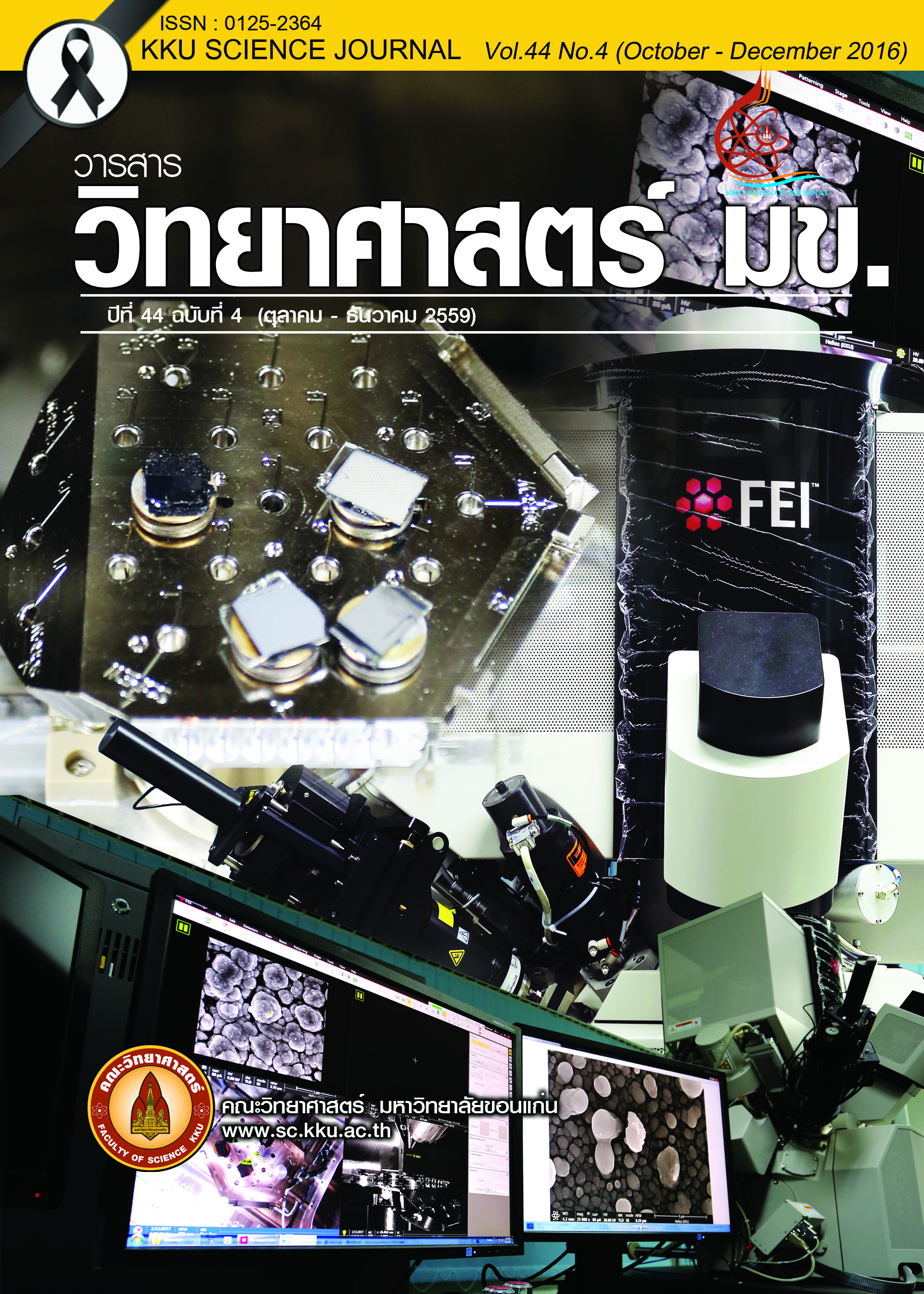Seaweed succession: Research in Thailand
Main Article Content
Abstract
Seaweed succession study shows that the pioneer species which are small size with a high degree of dispersal and high rate of growth are the first colonist that recruit and colonize cleared space. In early successional stage, it is dominated by green algae especially Ulva. Then, it is replaced by mid-successional species which red algae become very common at this middle stage. As time passes, the late successional species which generally have lower rates of dispersal and colonization, slower growth rates and larger size and longer-lived tend to dominate at the latest stage. Late successional stage is often dominated by large brown algae. There were only 2 research studies on algal succession in the coastal areas of Thailand. The results showed that green alga, Ulva paradoxa was the first colonist that recruited and colonized cleared space in the first 10 months. Then, it was replaced by Polysiphonia sphaerocarpa and followed by Padina in the Dictyerpa stage or Vaughaniella stage. In this community, the pattern of algal succession showed a simple pattern and seemed to follow an inhibition model which the early colonist inhibited the recruitment and suppressed the growth of later species. However, the pattern of seaweed succession varies both in space and time depending on kind, timing and frequency of disturbances and availability of propagules of seaweed species.
Article Details

This work is licensed under a Creative Commons Attribution-NonCommercial-NoDerivatives 4.0 International License.


